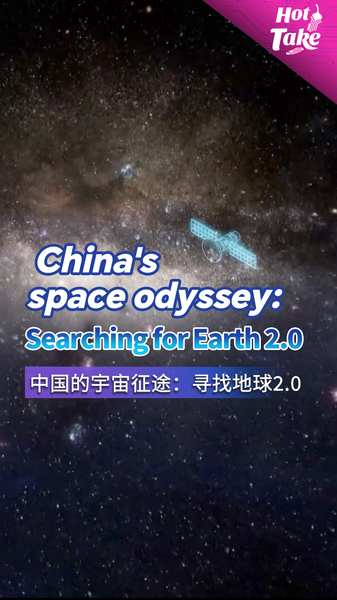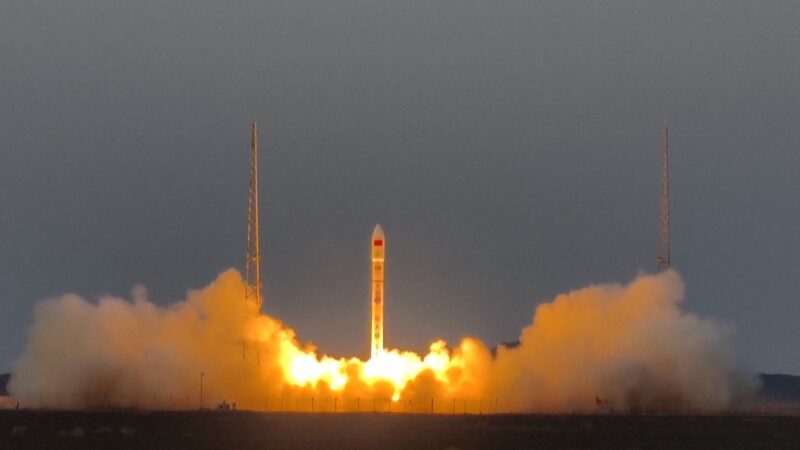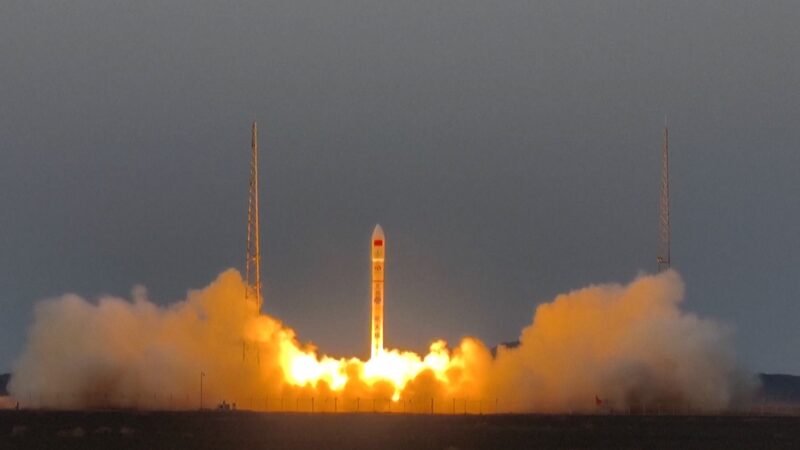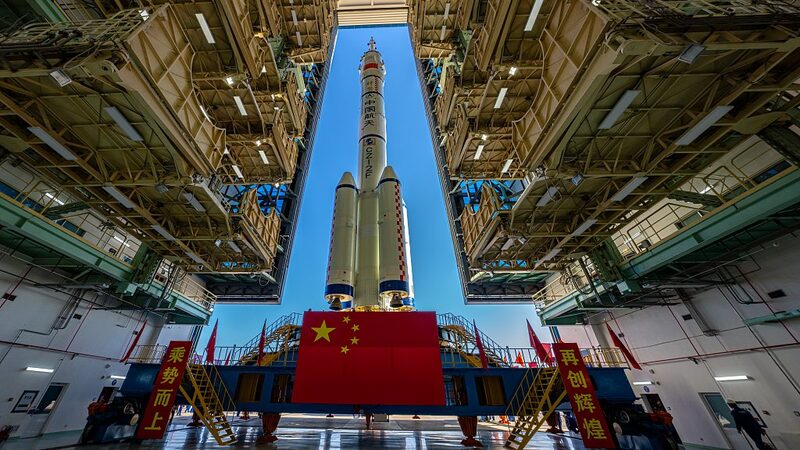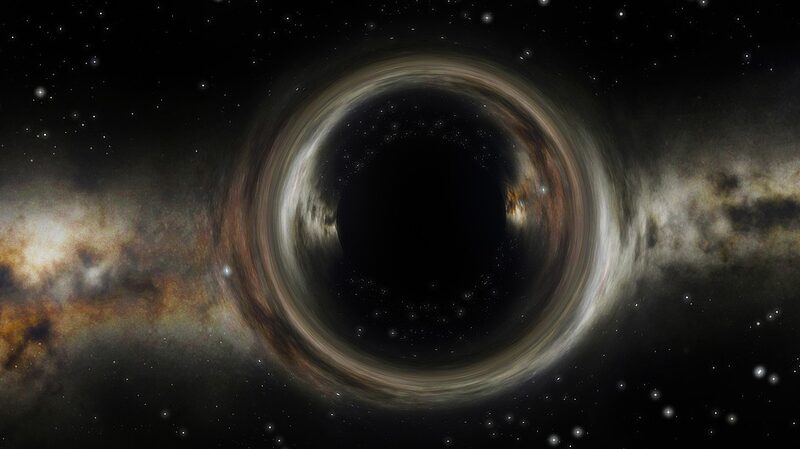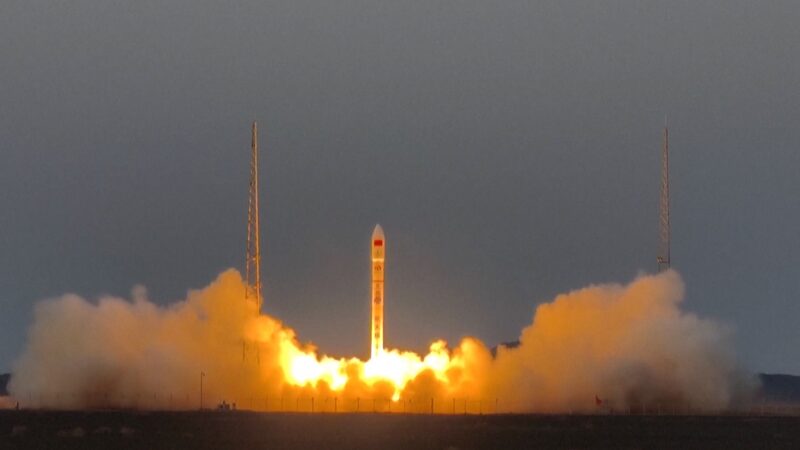As humanity gazes at the stars, Chinese scientists are preparing to answer one of civilization's oldest questions: Are we alone in the universe? During the upcoming 15th Five-Year Plan (2026-2030), China will launch four advanced scientific satellites designed to search for Earth-like exoplanets, study black holes, and unravel cosmic mysteries.
The ambitious program, announced this year, represents China's most significant commitment to fundamental space science to date. One satellite will specifically hunt for "Earth 2.0" – planets in habitable zones around Sun-like stars – using technology 10 times more sensitive than existing space telescopes. Another will create the largest-ever map of Milky Way stars, while two additional probes will examine black hole dynamics and cosmic evolution.
"This isn't just about finding another Earth," said Dr. Wei Jie, an astrophysicist at the Chinese Academy of Sciences. "It's about understanding our place in the cosmic tapestry. The data could revolutionize our knowledge of planetary formation and galactic ecosystems."
The missions come as international interest in space exploration surges, with multiple countries planning lunar bases and Mars expeditions. China's projects uniquely focus on pure scientific discovery rather than planetary colonization or resource extraction.
For investors and tech analysts, the program signals growing opportunities in China's aerospace sector. The missions will drive innovation in optical imaging, spectral analysis, and deep-space communication systems – technologies with potential commercial applications in Earth observation and satellite internet services.
As launch preparations begin, the global scientific community watches closely. These satellites could provide humanity's first concrete evidence of habitable worlds beyond our solar system, fundamentally altering our understanding of life's cosmic prevalence.
Reference(s):
cgtn.com
